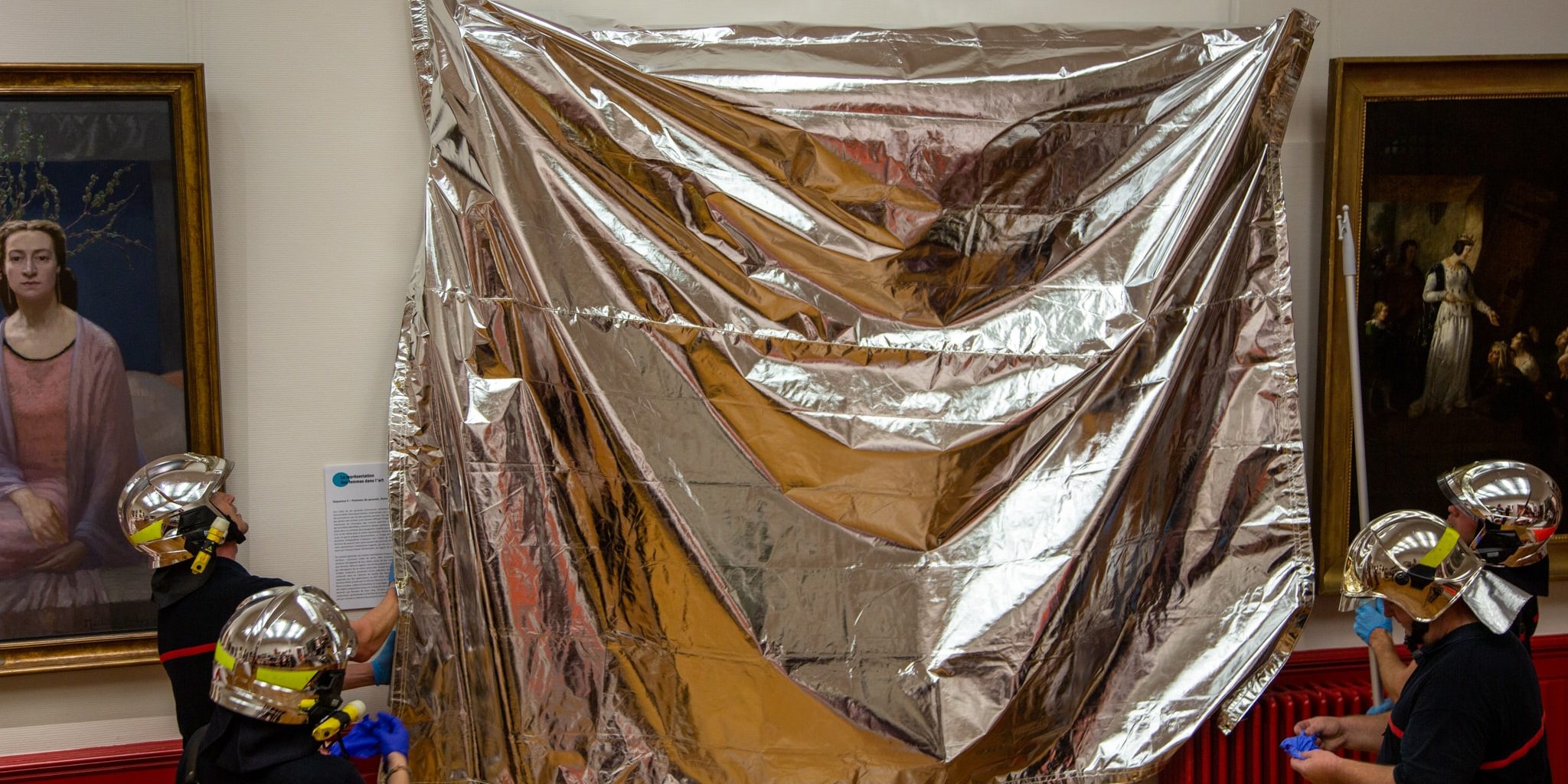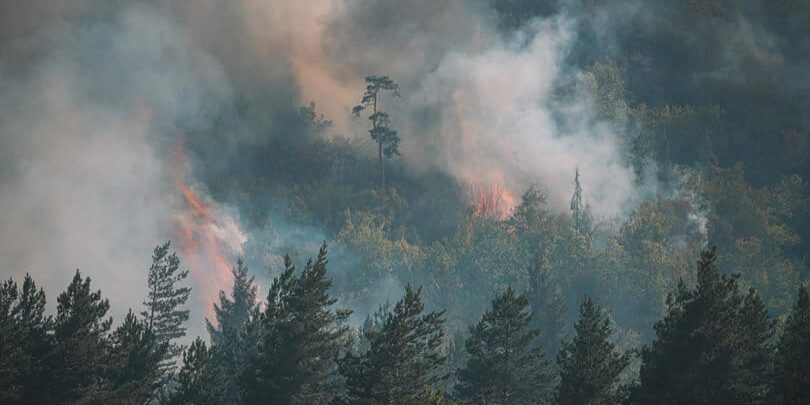If you're a collector or an art curator, chances are you've thought about artwork…
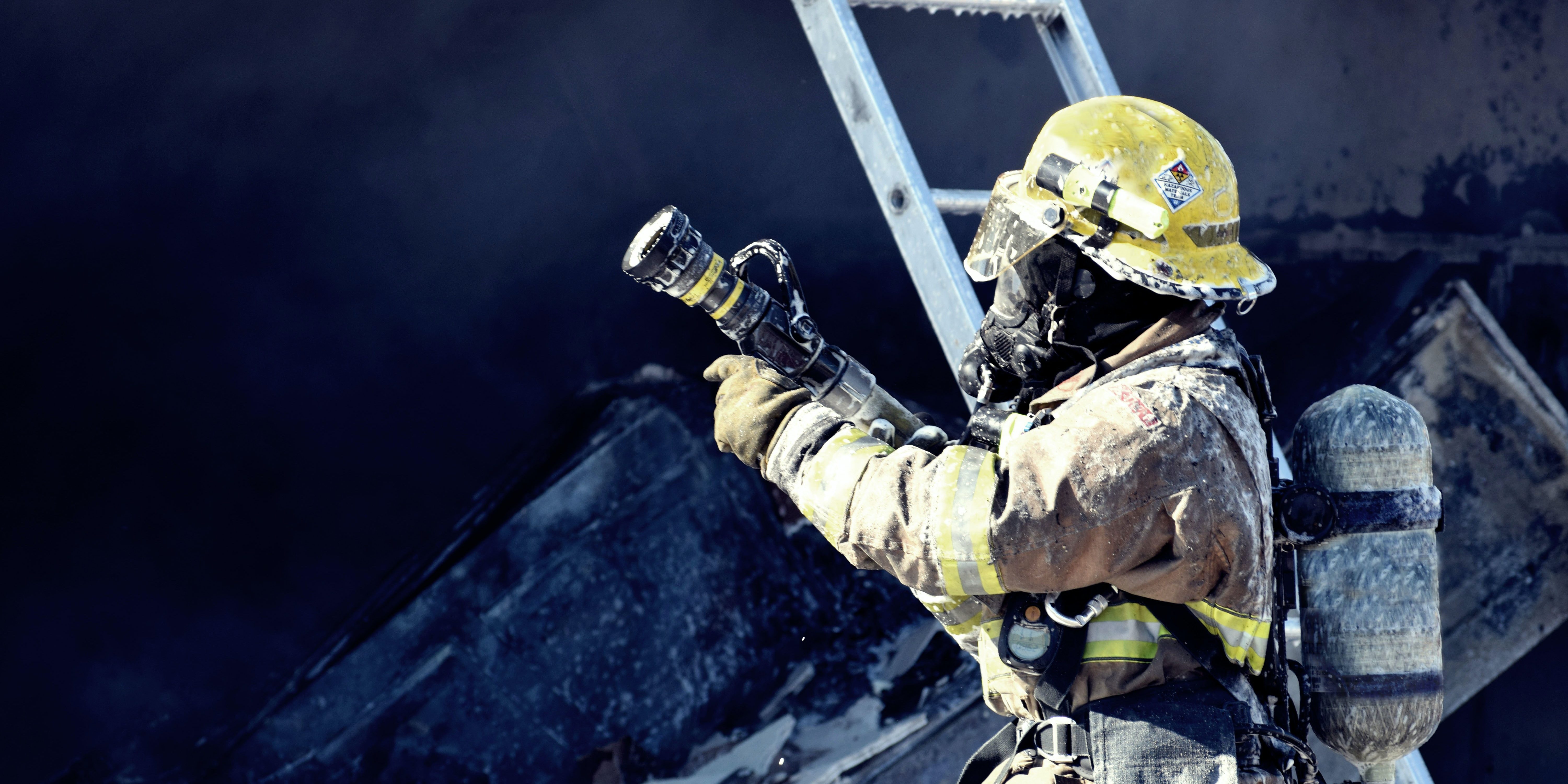
Firefighter Regulation in China
Current Status of Firefighting in China
Besides smoke intoxications, burns belong to the most common human injuries worldwide during fire incidents. In China, hundreds of thousands of people annually need long-term medical care because of burns. Firefighters are the professionals at higher risk of getting burns, especially when ill-equipped with the right gear for the job.
Firefighters are exposed to severe temperatures and other hazards associated with firefighting and rescue missions. To shield them from danger, protective clothing made of special components is necessary.
China’s protective clothing for firefighters has improved over the years, especially when it comes to firefighting equipment. With new regulations in place, the Chinese government aims to enhance their firefighting capabilities and reduce the risk of injuries or even fatalities.
New Regulations For Firefighters in China
China reformed its recruitment regulations for firefighters to enhance professionalism in the field. Firefighters used to be part of the military, but are now part of the China Fire and Rescue team under the Ministry of Emergency Management.
To enter the service, recruits must have high school education at least. They must also serve for a minimum of five years as per the new guidelines. Chinese citizens from 18 to 24 years old can now enrol into the service.
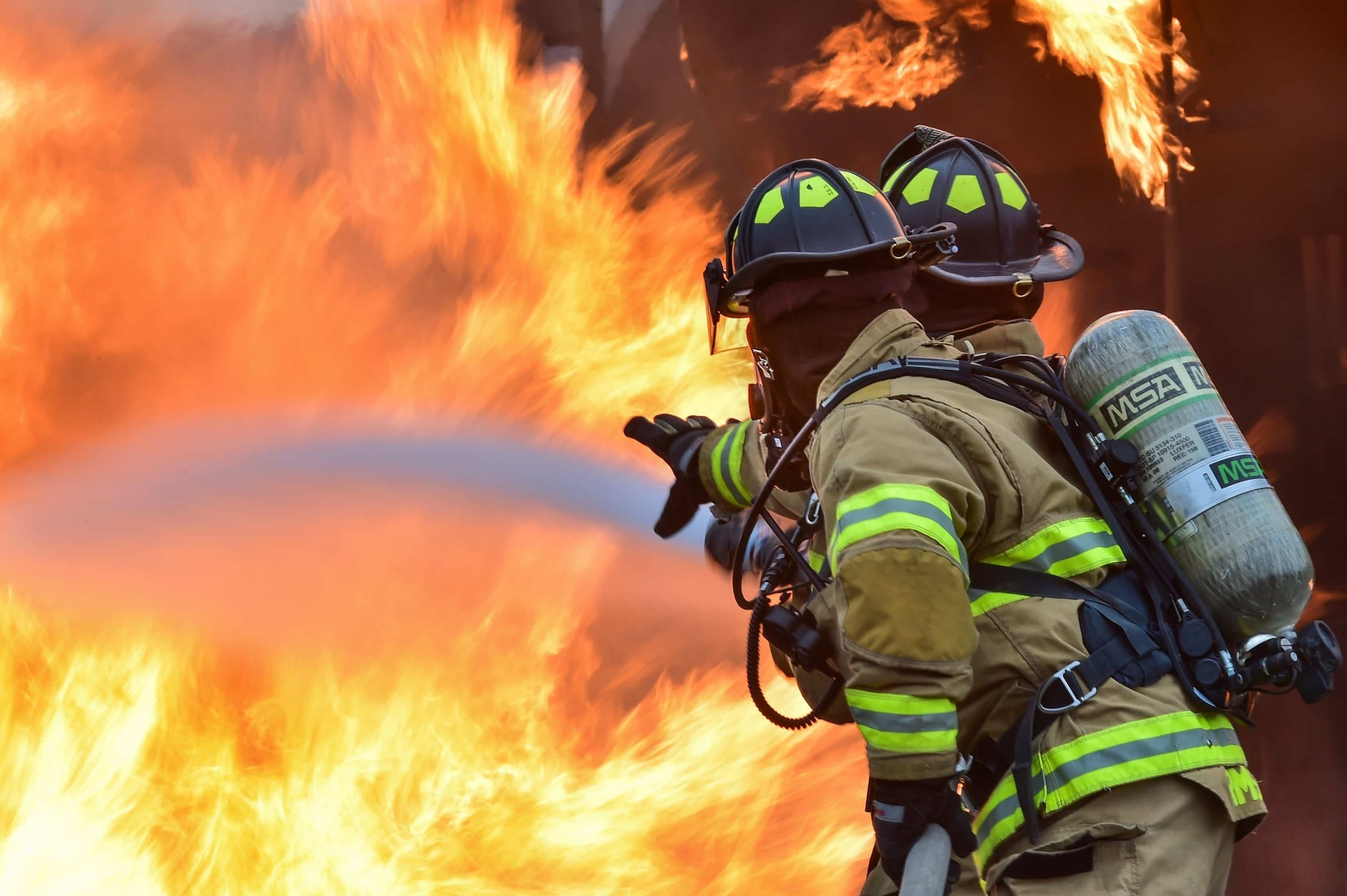
Under the new program, recruits will be trained during their first year and work as interns the following year. They’ll assume full duty once they pass assessments to become professional firefighters. Ex-servicemen and ordinary citizens are welcome to apply.
As stated in the Fire Protection Law of the People’s Republic of China, the government is responsible for establishing emergency response strategies and providing personnel, equipment, and other safeguards for firefighting. The state is also responsible for advancing fire protection technologies and equipment for public good.
The GA 634-2015
To establish consistency, the Chinese government uses the GA 634-2015 standard for their firefighting equipment. It defines the outer layer performance requirement for protective clothing designed for proximity fire fighting. It tests fabrics for their:
- Fire retardant ability
- Radiant heat resistance
- Thermal stability performance
- Tensile strength
- Tear strength
- Peeling strength
- Anti-hydrostatic performance
- Bending behavior
- Overall thermal protective performance
Another Popular Standard For Firefighting Gears
One of the most commonly used standards for firefighting equipment is the EN 1486. It is the European standard for fire proximity suits. It mainly evaluates the radiant heat protection the suits provide which is one of the most important aspects needed in specialized fire fighting.
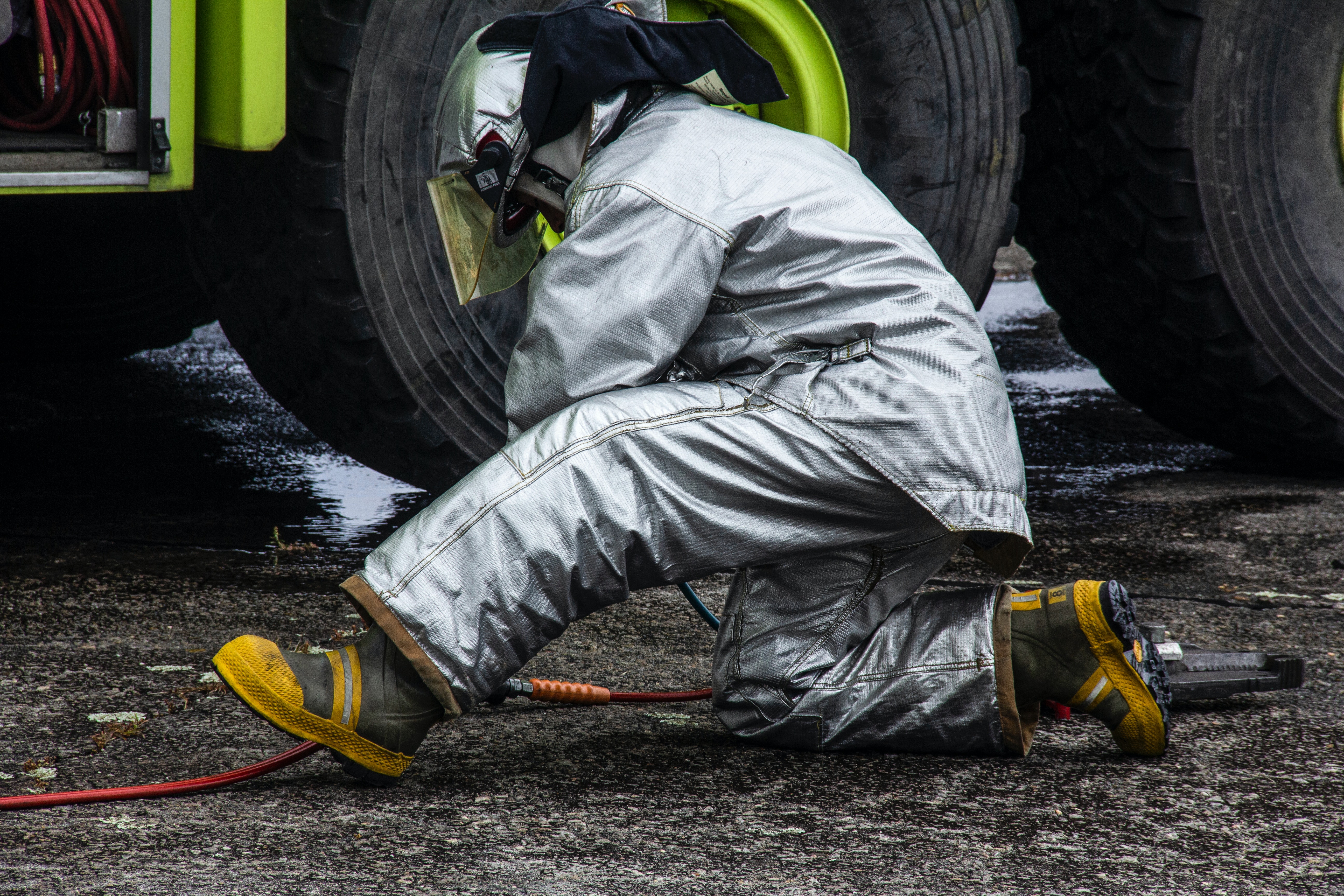
The Anatomy of Firefighting Suits
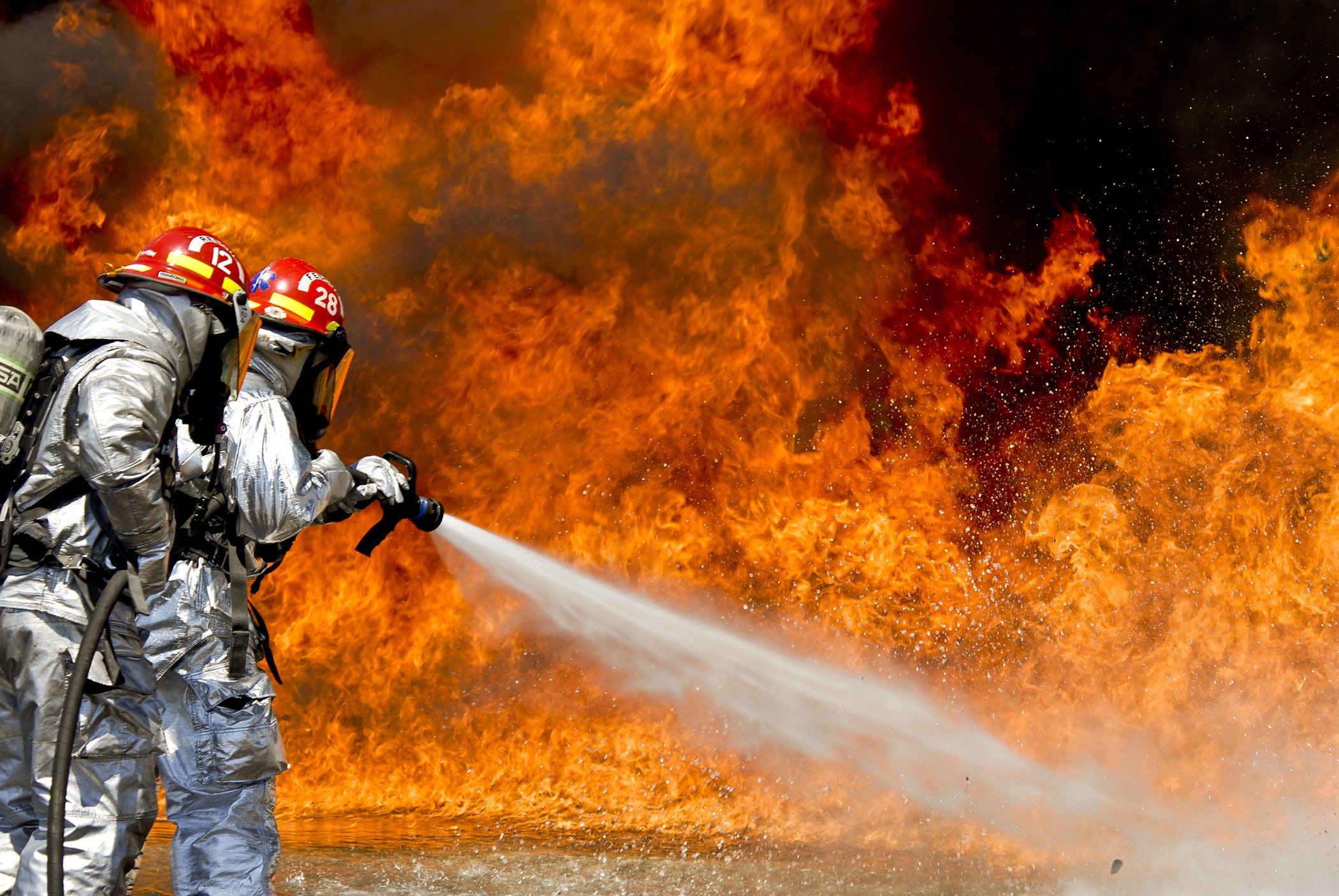
Durable aluminized material is at the heart of firefighting suits. It has high tensile and tear strength, and provides superior heat protection. Aluminized FR fabrics have a reflective surface for radiant heat protection. This layer shields firefighters from deadly conductive and convective heat generated by the environment.
Aluminized gears also have excellent insulation layers designed to slow down heat penetration. Non-woven fabrics are generally used because they trap heat between the fibers, creating thermal insulation. Adding an additional moisture/vapor barrier is necessary to block out penetration of high temperature steam that can occur when the suit starts heating up, vaporizing the humidity contained within the suit itself.
The last layers of firefighting gears are for the inner lining that comes in contact with the skin. These layers must feel comfortable and safe without hampering the effectiveness of the suit.
Protective Suits For Different Situations
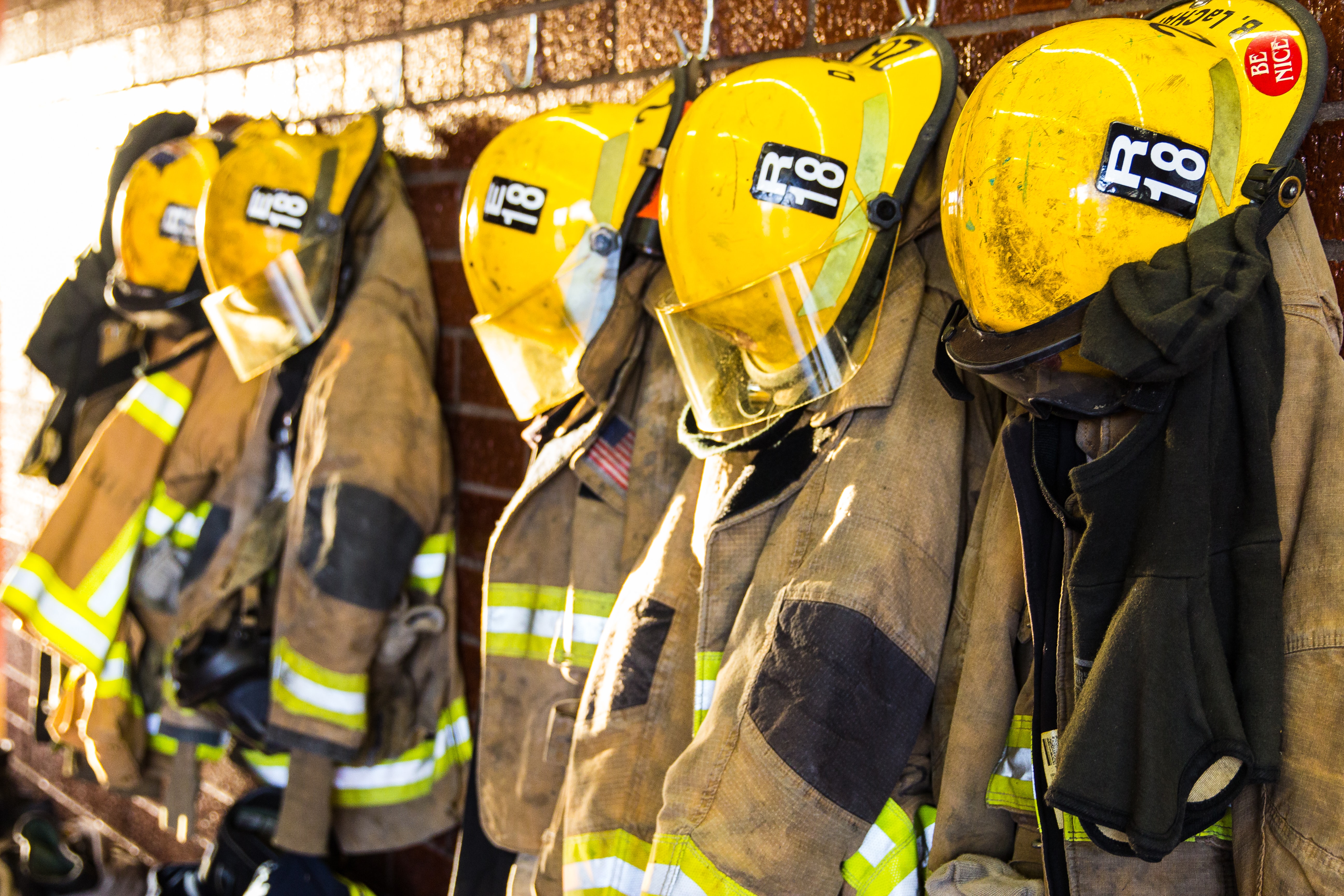
There are two types of aluminized suits used by firefighters to deal with situations wherein high levels of radiant heat are involved:
-
Proximity suit
The maximum ambient temperature a fire proximity suit can withstand is around 500 degrees F (260 degrees C). This type of aluminized gear often consists of an aluminized helmet with neck shroud, aluminized jacket and pants, boots and gloves lined with aluminum, and aluminized covers for SCBA equipment.
-
Entry suit
For extreme heat situations, fire entry suits are built to protect users from total flame engulfment. An entry suit withstands radiant temperatures of about 2,000 degrees F (1,093 degrees C) which can be found in oil and gas fires. This value only holds true for a short-term exposure and is greatly reduced during prolonged introduction to high temperatures.
Aluminized gears must be lightweight, comfortable, and have high insulation and flame-retarding performance. Proximity suits also tend to be lighter compared to entry suits.
These suits are effective only up to the prescribed heat levels. Wearing the wrong suit can result in inefficiency and injury. Proper training and supervision is needed to ensure firefighters are wearing the right equipment for the situation.
The Importance of a Proximity Suit
Protective clothing for firefighters that protect them from high radiant heat levels has been around for decades. The first suits used asbestos fabric and were utilized by industrial workers who worked in high heat environments. Asbestos was replaced mostly because it is fatally carcinogenic. Additionally, hi-tech fibers and aluminized gears that are safer and have higher radiant heat protection were discovered.
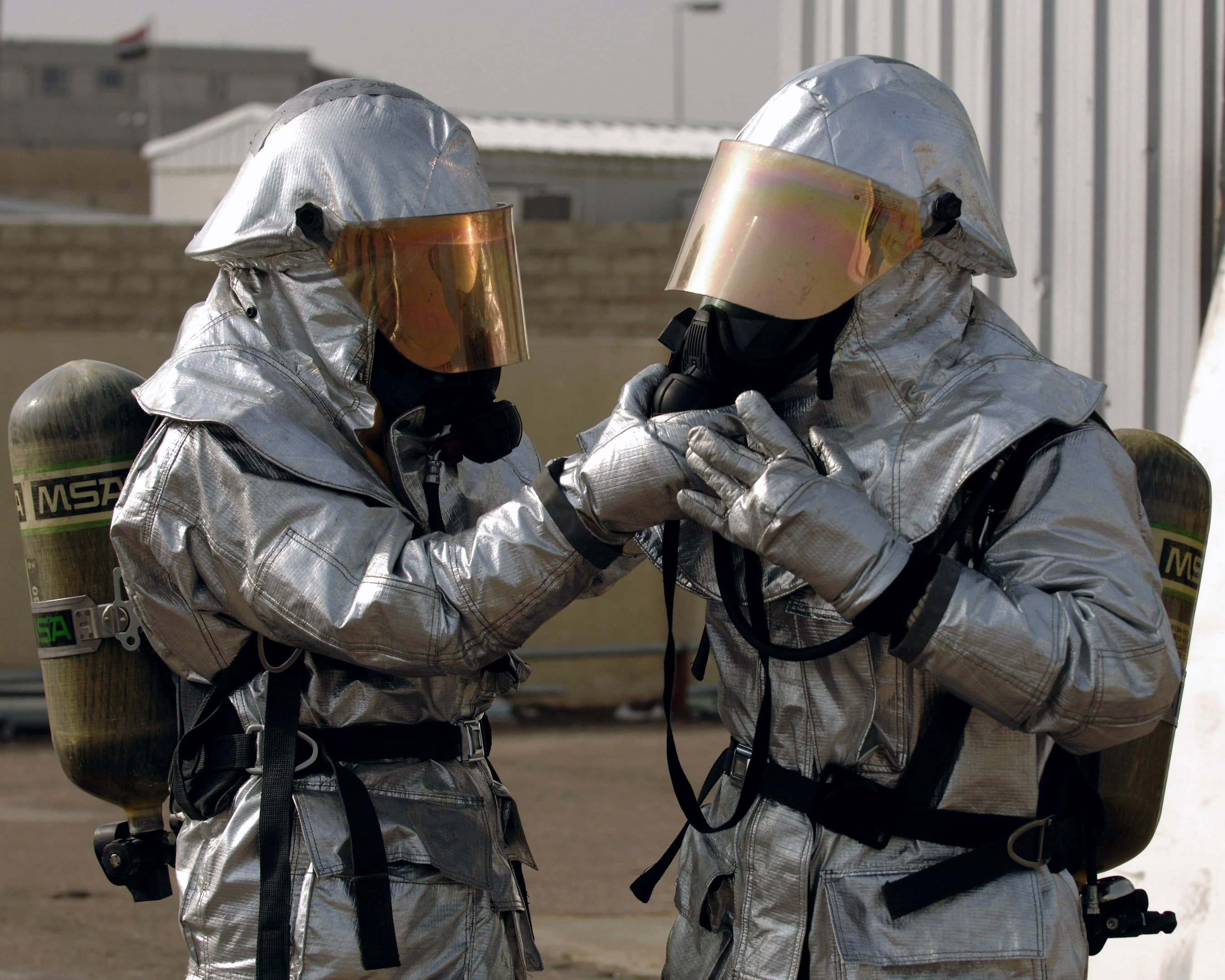
Proximity suits are meant to be used for exterior operations only. They’re not designed for entry into the flames but for protection against high radiant and conductive heat levels for a limited period. For instance, it can be used for plane crash rescue missions and closing burning fuel valves.
Fire proximity suits work by reflecting heat with an aluminized layer. Aluminized gears can reflect up to 90% of the heat radiating from a fire. The interior of proximity suits, especially the insulation layers, define how long firefighters can last when indirectly exposed to high heat environments. Increased insulation results in better heat resistance but at the cost of mobility because of the total weight of the gears.
Otego – Developing Fabric For Firefighter Suits
OTEGO is committed to help protect lives around the world by providing the most suitable materials to protect the firefighters in extreme environments. The Otego FIRESHIELD is designed for manufacturing fire proximity suits that pass international firefighting standards. It meets the EN 1486 for European and GA 634-2015 for Chinese standards for firefighting gears, providing outstanding protection to users.
From outer shell to moisture barrier, we provide the complete range of fabrics needed in making fire proximity suits. We are currently working actively with local partners in China (and other countries) to develop and provide locally made suits, with the best materials we can offer. We have our technical team on standby to answer queries regarding the best combination of materials for you.
OTEGO will be participating in The 19th China International Fire Equipment Technology Exchange (CHINA FIRE 2021) to be held in Beijing (12-15 OCT). Please feel free to visit us for more information.
